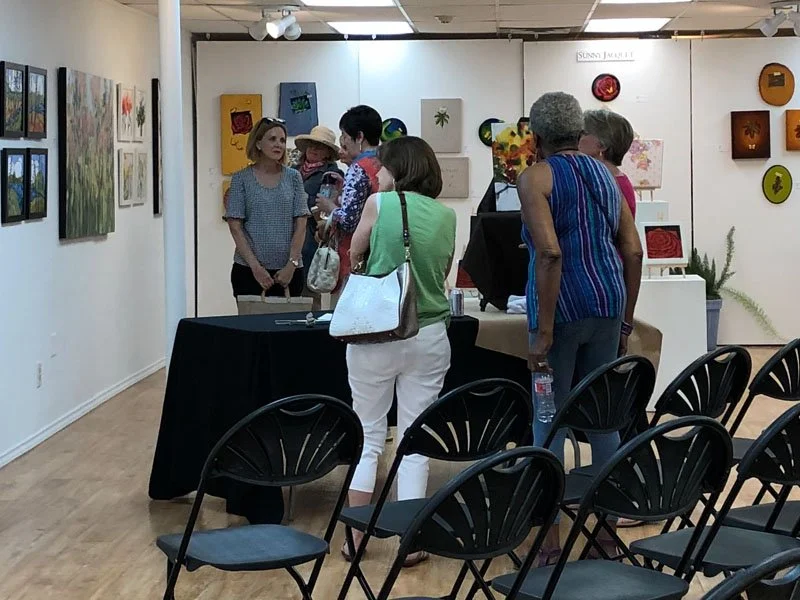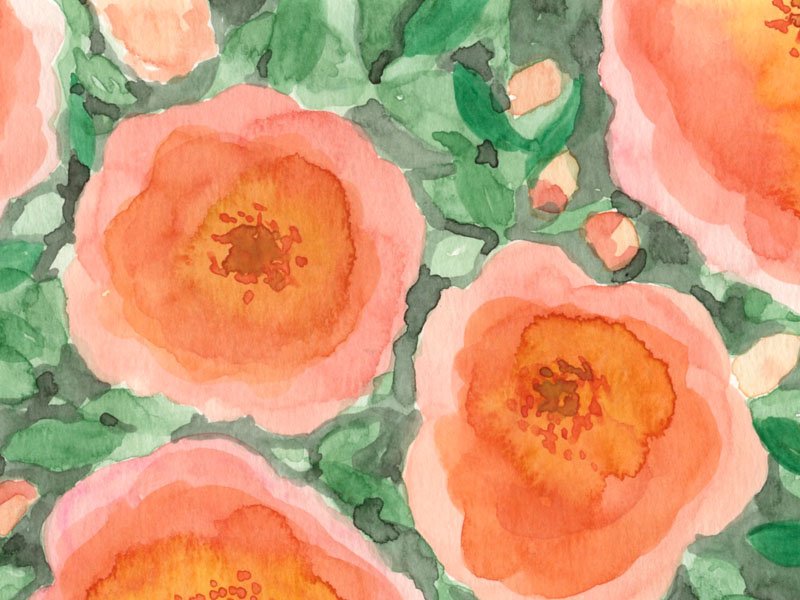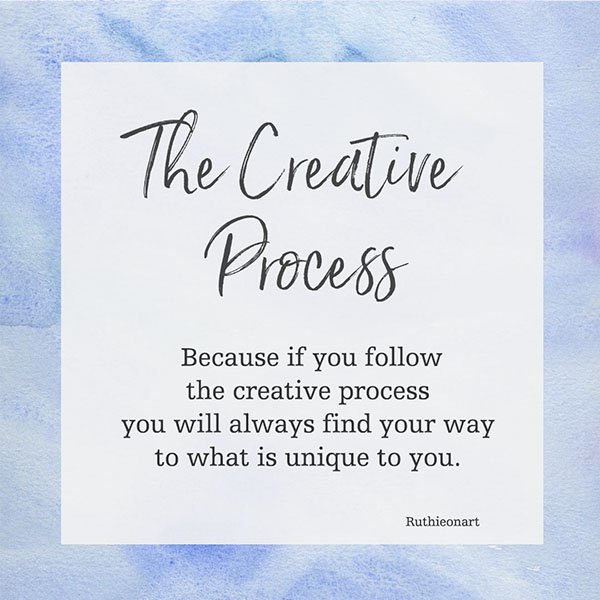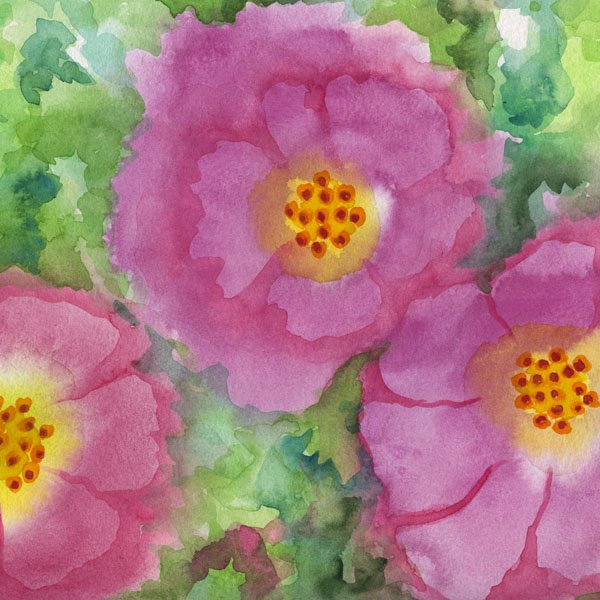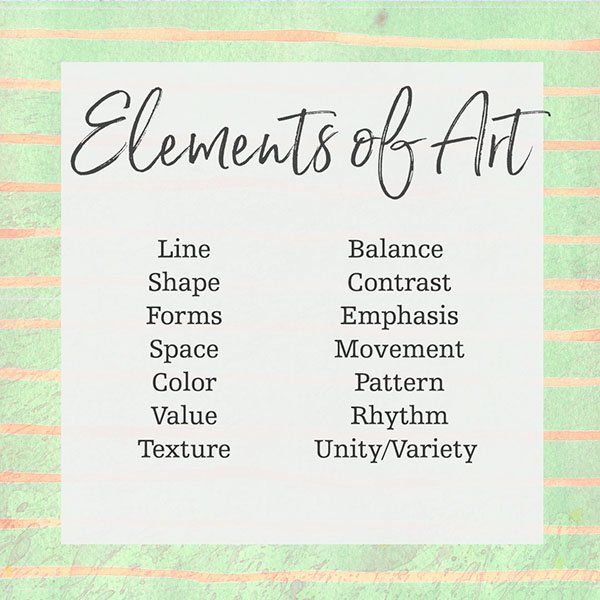My Thoughts on Creative Borrowing
The tag line for my blog is “Yes, I have something to say”! So yes, these are my thoughts on creative borrowing. How to let the creative process guide you as you are influenced by other people’s art.
Influenced by an Art Talk
In July of 2019 I went to listen to Kim Collins, an artist from Fort Worth, give a talk about her art. In the last part of her art talk, as a demonstration, she shared her process. Kim paints in acrylics and I paint in watercolors. I decided to use the information she shared to create, in watercolors, a painting, using the ideas about negative space she shared while she painted.
Kim’s Art Talk
Bad Art
After a few attempts, I concluded that Kim made her process look easy. My first attempts were really bad. But I finally created a watercolor that worked. And I shared it to the right, because I want you to see that creativity is a process that allows for both success and failure.
Other Influences
I studied under Zoe Mac, an abstract expressionist watercolor artist. She was the first instructor to teach me how to use negative space. Zoe often used the technique in her work. I still use negative space in my work, but I use it sparingly. Kim uses negative space as a primary element in her art. If I were to decide to paint in acrylics and use negative space in florals, as a primary element, I would be copying Kim’s work. It would never be my original art.
Going Deeper
Based on Kim’s demonstration I decided to go a little deeper into how to transition from being influenced by other people’s art into finding my own artistic style.
Kim’s exercise was both challenging and interesting. First, I had to adapt it to watercolors. Acrylics are opaque and can cover over a section of a painting already there. With watercolor on the other hand, you must think ahead and preserve the lighter color by never painting in the area or only lightly painting in it. The fact that I am using watercolors changes how I am executing the assignment. I am already removed from Kim’s unique method because of the medium I am using.
Dream Flowers
Dream Flower 2016
What Kim’s exercise has encouraged me to do is to revisit something I painted when I studied art with Zoe. I call them Dream Flower. Maybe I will create a few Dream Flower pieces to see how I feel about them and the process I use to paint them.
Dream Flowers 2018
My Dream Flowers may turn out wonderful or they may become a confusing mess that I will take and cut up into watercolor texture collages. Although, that might not be a bad thing. I am now another step away from Kim’s style. I am incorporating what I have learned in the past.
Invention from Dictionary.com
Kim painted while observing live flowers in a vase. I pull from my memory and then use invention. Invention is the primary element of my Dream Flower art. Again, it moves me further away from the original exercise.
The Results
By the time I am ready to exhibit my Dream Flower art or put it on my website for sale, I will be very far away from the initial exercise I borrowed from Kim that led me to explore a more abstract version of floral art. I will be even further from the classes I took with Zoe. Because if you follow the creative process you will always find your way to what is unique to you.
Successful Attempt
Another Example
Before I begin to work on Dream Flowers, I planned to paint landscapes. When you begin to paint any painting, after you chose a subject like landscapes, you must decide how big or small the painting will be. There is a decision process I go through although I must admit, often the decisions is made by what size of paper I have on hand. Without really thinking it through, I begin to paint.
In the landscape series I have planned, I took a little more time and have begun to paint a size of paper I don’t normally use. One of my pieces is 10 x 18 inches. I chose this size because it fit the subject best. But as I add more work to the series, I plan to spend some time looking at other people’s work.
My 18 x 10 Painting
I am not looking for ideas, or technique, but to think about the size of paper I should use. What size should a landscape be? How big should I go? I usually default to a landscape orientation because, well, it is a landscape. But I am asking, what happens if a landscape has a portrait orientation? A square? When I do this exercise, I plan to borrow ideas from other people's art as I contemplate this element of my art. Am I being influenced? Yes. Copying? No. I am figuring out how I will ultimately present my art. I am being purposeful in my decisions.
Elements of Art
There are aspects of art called elements. You can be influence in one of these areas and incorporate it into your art. And as long as you aren’t incorporating all the same elements from the work you are observing, you are heading towards finding your way in the creative process.

